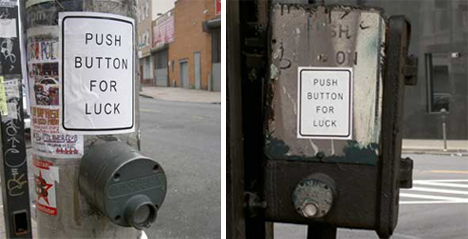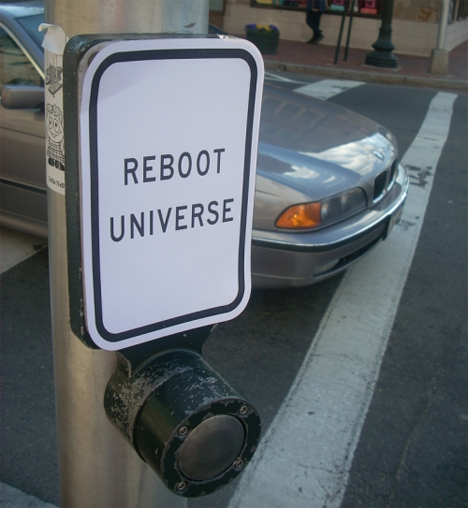
If you’ve ever wondered with suspicious irritation whether the crosswalk button you’ve just pressed will ever make the light change, you might have been justified. Some of those buttons, depending on where you live, don’t really do anything. They’re called placebo buttons, and they’re there to make you think that you have some small amount of control over your world. To be fair, most of those crosswalk buttons were functional at one point but were made obsolete by computerized traffic light timing.

Officials from the NYC Transportation Department have admitted that, while the pedestrian walk signal buttons were once functional, the majority of them have been disabled since traffic lights were automated; they’ve been decommissioned since the 1980s but continue to display the official-looking signs instructing pedestrians to push the button to cross. Officials in Honolulu and Victoria, B.C. have also acknowledged that some of the buttons in those cities are, shall we say, more useful than others. But whether the button you’re about to press will have an effect on the light or not depends on the area you happen to be in at the time, and there are no signs to indicate which are which.

(images via: Urban Prankster and Heidi Neilson)
There may be an overall advantage to placebo buttons, though: they help us to get through mundane activities like waiting for a green light or an elevator without breaking the commuter fog. The auto-pilot state that many of us go into when in the midst of boring everyday routines is preserved by pushing the “walk” button even when you know it won’t help, or pushing the elevator button when it’s already illuminated. It’s a ritual, and preserving that ritual gives our brains a break from having to think about these routines.

